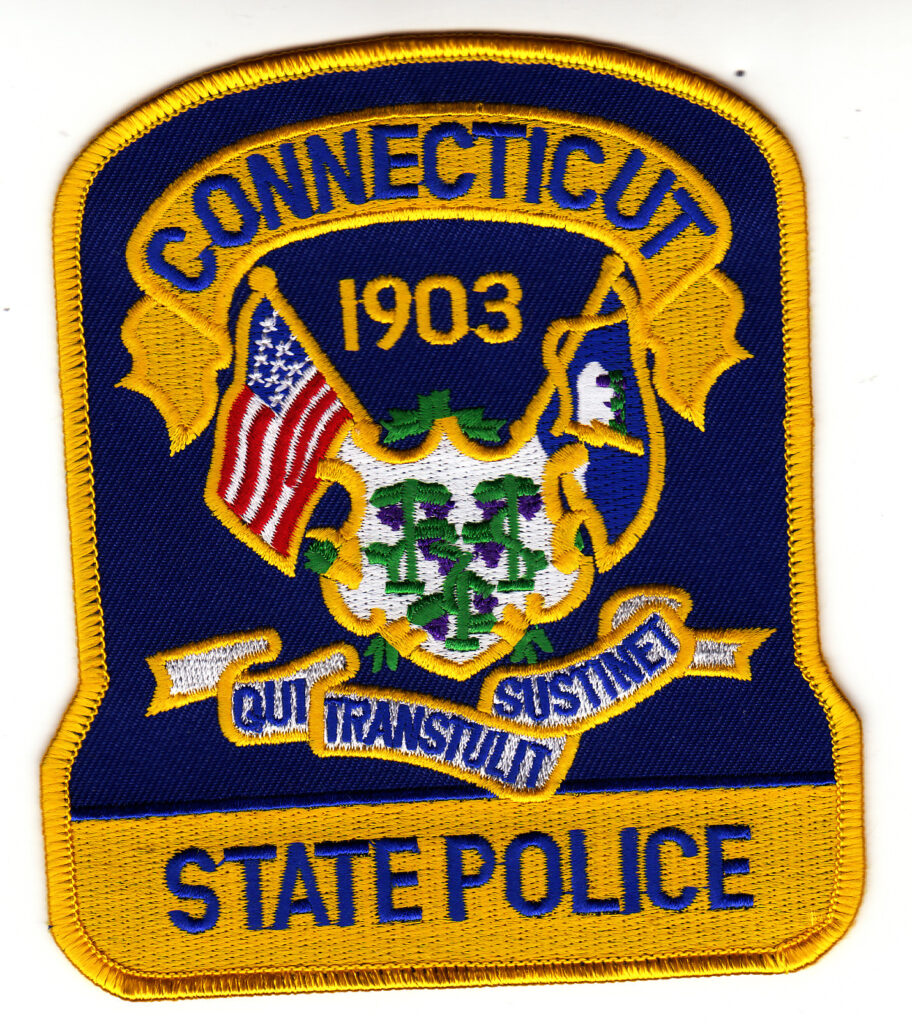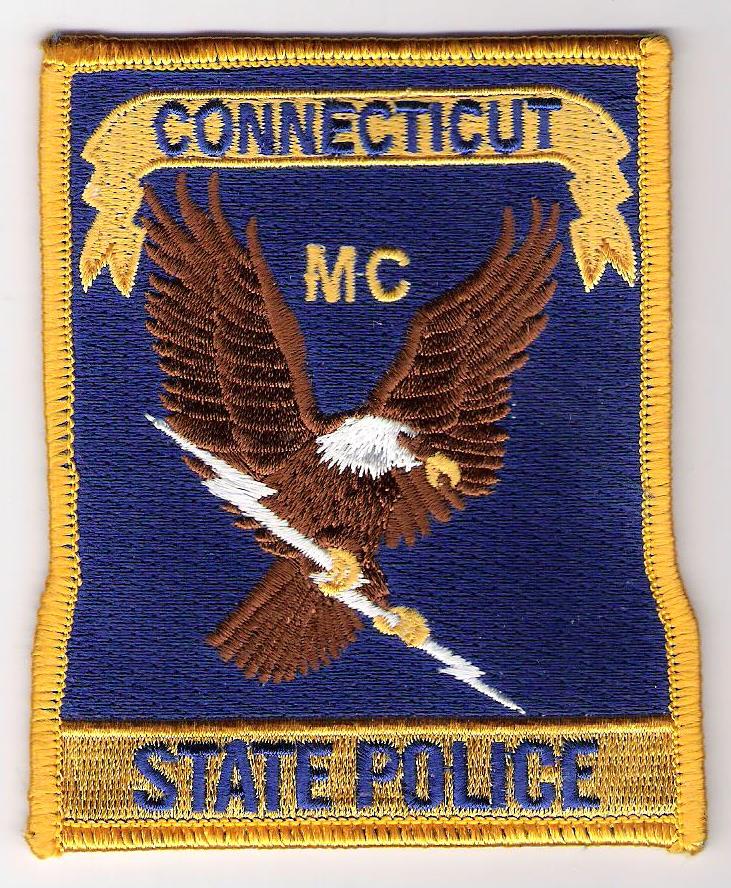The History of the Connecticut State Police Shoulder Patch
As with our agency, the patch of the Connecficut State Police has evolved through many years of tradition. This current patch was implemented in 1983 andincorporates the State Seal and Coat of Arms, as well as the State and American flags. The bottom banner displays the state motto “Qui Transtulit Sustinet.” meaning “He who transplanted still sustains.”
History of the Connecticut State Police
In May of 1903, Governor Abiram chamberlain signed a legislative act that officially authorized the creation of the “connecticut state police.,’ At that time, five men were officially swom in as “State Police Troopers.” In 1905, the agency also assumed the responsibility of the state Fire Marshal. A command post was established for the five men in a vacant mansion in the State’s Capitol city of Harford. The Troopers hours were long with extensive travel and the pay was a minimal $3.00 per day. Now, a nationally accredited law enforcement agency, the Connecticut state Police have earned a highly respected worldwide reputation as a proud, professional and innovative law enforcement agency. The 1,248 men and women of the State Police provide primary law enforcement services to 82 of the state’s 169 cities and towns. These Troopers are stationed at twelve barracks in three districts across the state, including Bradley International Airport. These Troopers proudly serve 3.4 million citizens by patrolling a total of 5,008 square miles, including 600 miles of intentate highways and 7 ,000 miles of secondary roads and towns across the state. Troopers accomplish this major responsibility in various patrol vehicles including cars, 4X4 trucks, motorcycles, boats, airplane and ” Trooper One,” the State Police helicopter.
The Connecticut State Police regularly provide various support services to local, state and federal agencies across the state and country. These services include: the expertise from a world-renowned Forensic Laboratory, Canine Patrol search & Rescue, Crime scene Investigation, Accident Re-Construction, Narcotics, organized crime Investigation, as well as innovative Resident Trooper and community Policing programs. The state Police Emergency services unit also dispatches members of Bomb Squad, Dive Team, Tactical ream and Aviation and Marine Units to major incidents upon request of any municipality, state or federal agency.
Proudly serving since 1903, the Connecticut state Police – without fear, threat or favor * eagerly look to the future challenges of ensuring public safety throughout the State of Connecticut.
The History of the Connecticut State Police Motorcycle Unit
The State Police Commissioner in 1911 was Thomas Egan. He purchased one of the first Henderson Motorcycles at the end of 1911. The first State Policeman to operate this machine was named Rowe Wheeler. Wheeler came on the State Police in 1908; he passed away in 1957 at the age of 72.
The department utilized the Henderson Motorcycle for the next several decades and it then switched over to the “Indian” with 50 of them being purchased in 1936 at a cost of $373.00 each. After World War II the department mixed up the bikes issued between Indians and Harleys. In 1948 the number of motorcycles within the Department had dwindled to 40 but was not used and the program was abandoned. The amount of bikes the department had was affected by the war effort and post war shortages. Commissioner Leo Mulcahy jump started the program in 1959 by renting several motorcycles. This program too was somewhat short lived and fizzled out. For the third time the program was started again in earnest, that was in 1983 when the Kawasaki’s were purchased through a Federal Grant.
Unfortunately in the 20’s and 30’s there were plans to get rid of motorcycles all together due to fatalities involving department members. The first Trooper killed on a motorcycle was Pearle E. Roberts, he was killed in 1922. One of Roberts’s relatives (Mark Roberts) is currently a State Trooper, carrying on Pearle’s legacy. The second Trooper killed on a motorcycle was Bartholomew Skelly in 1924. The next man downed was Lloyd Eukers in 1928. Stanley Hellberg fell in 1929. Leonard Watson was the last to pass from motorcycle injuries in 1932. Training efforts were increased dramatically and this paid off.
From the early 1980’s after the department switched to the Kawasaki KZ-1000 it has returned to the Harley Davidson Road King.
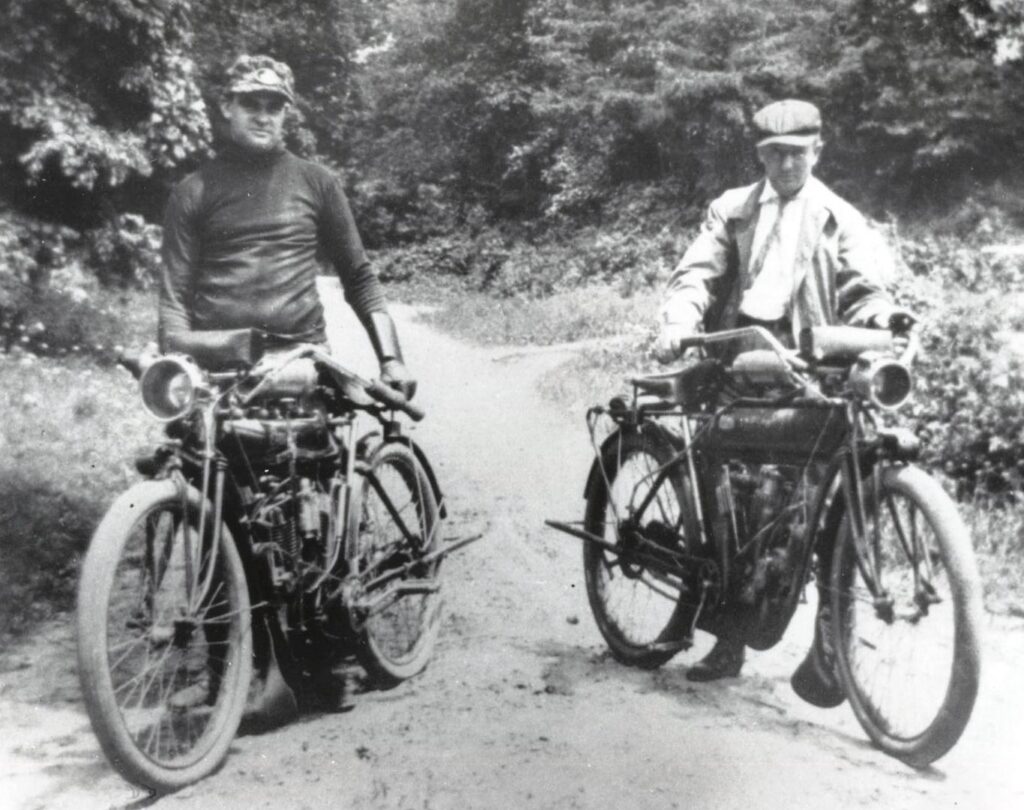
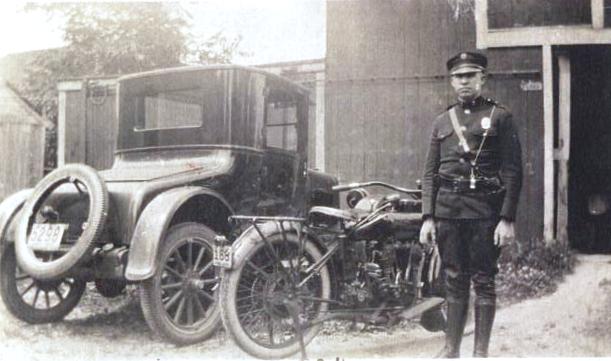

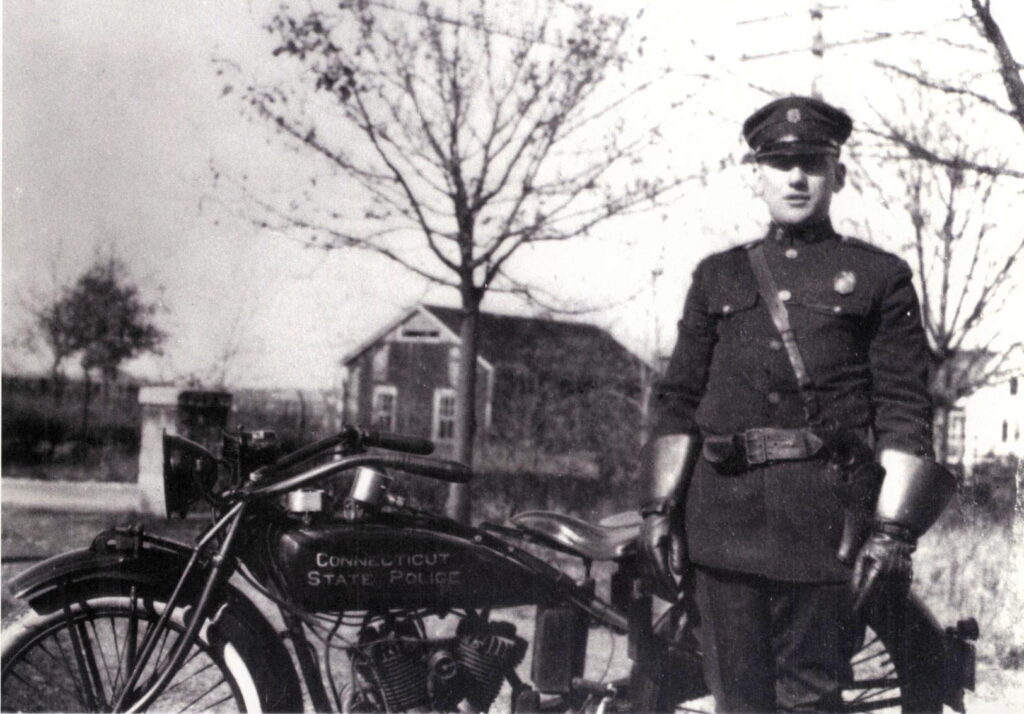
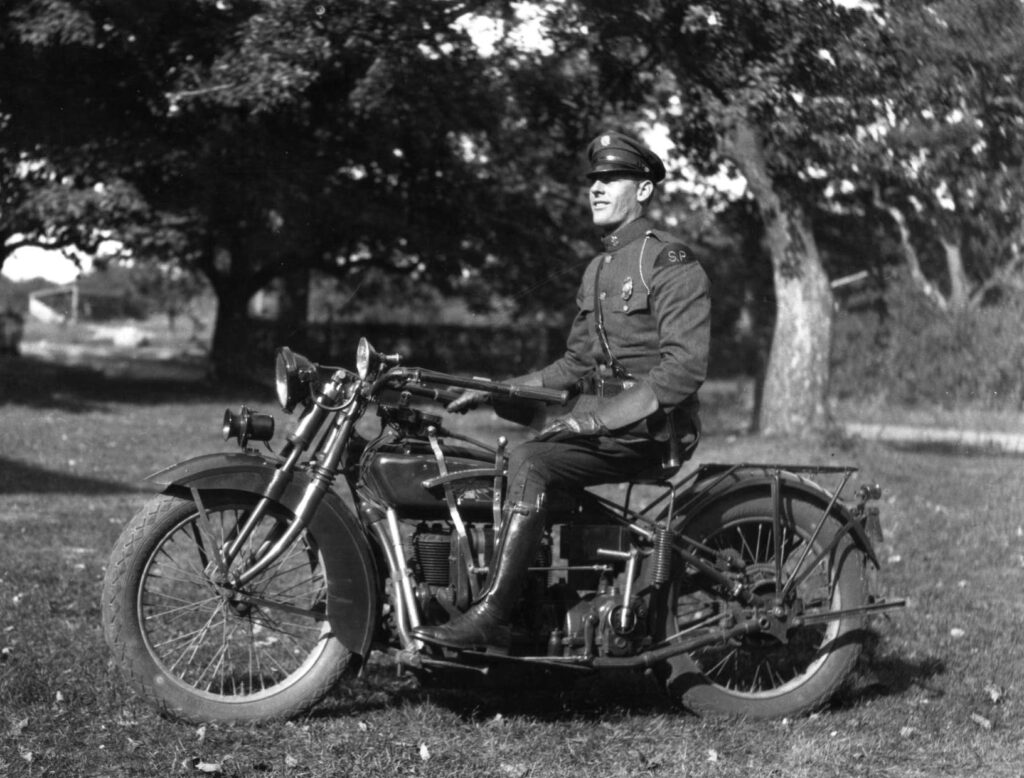
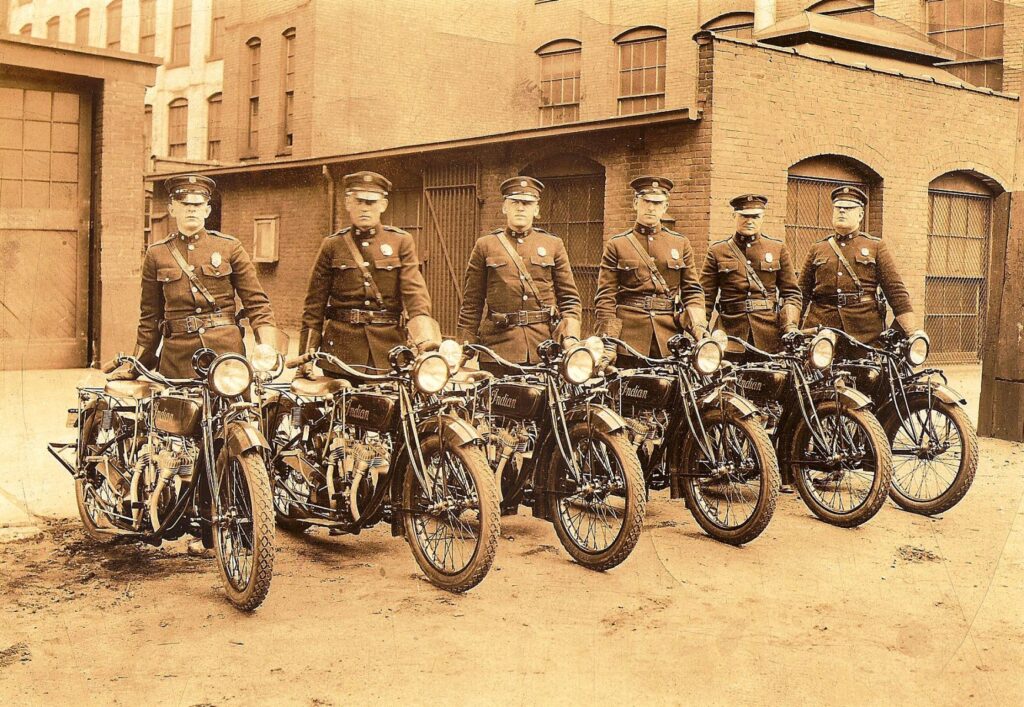
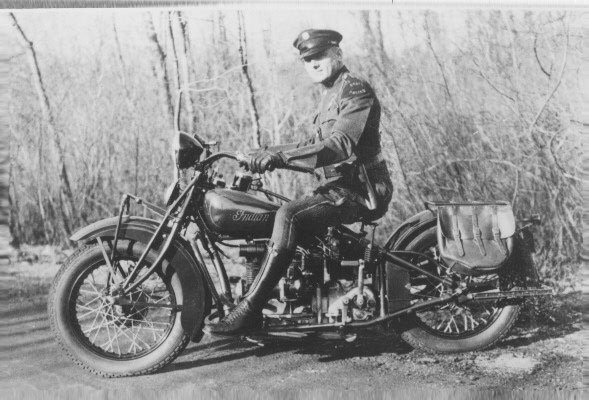
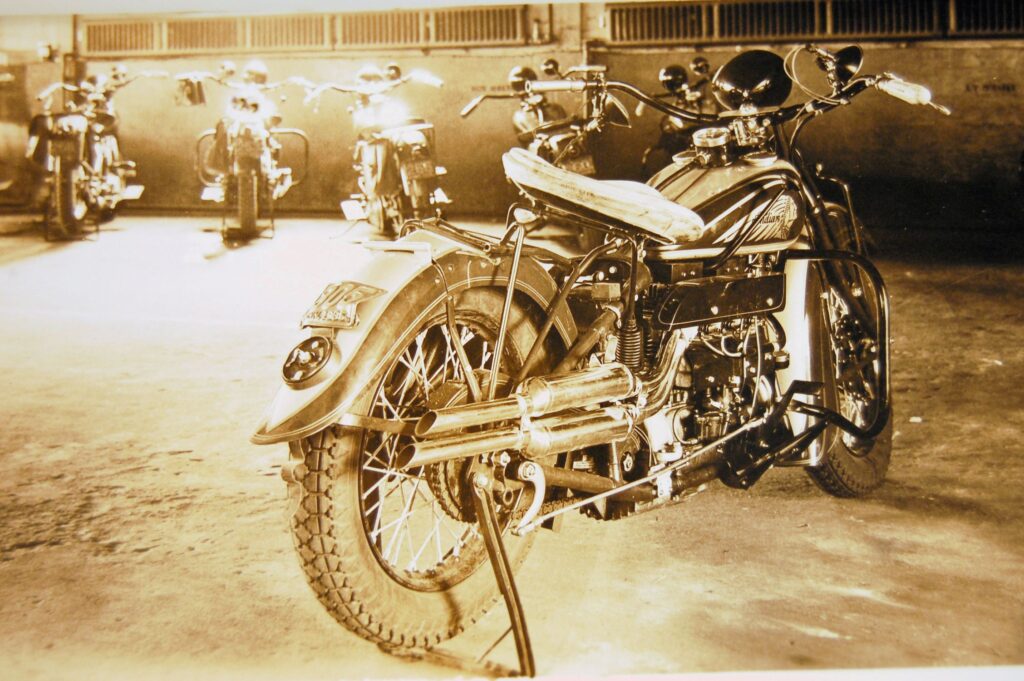
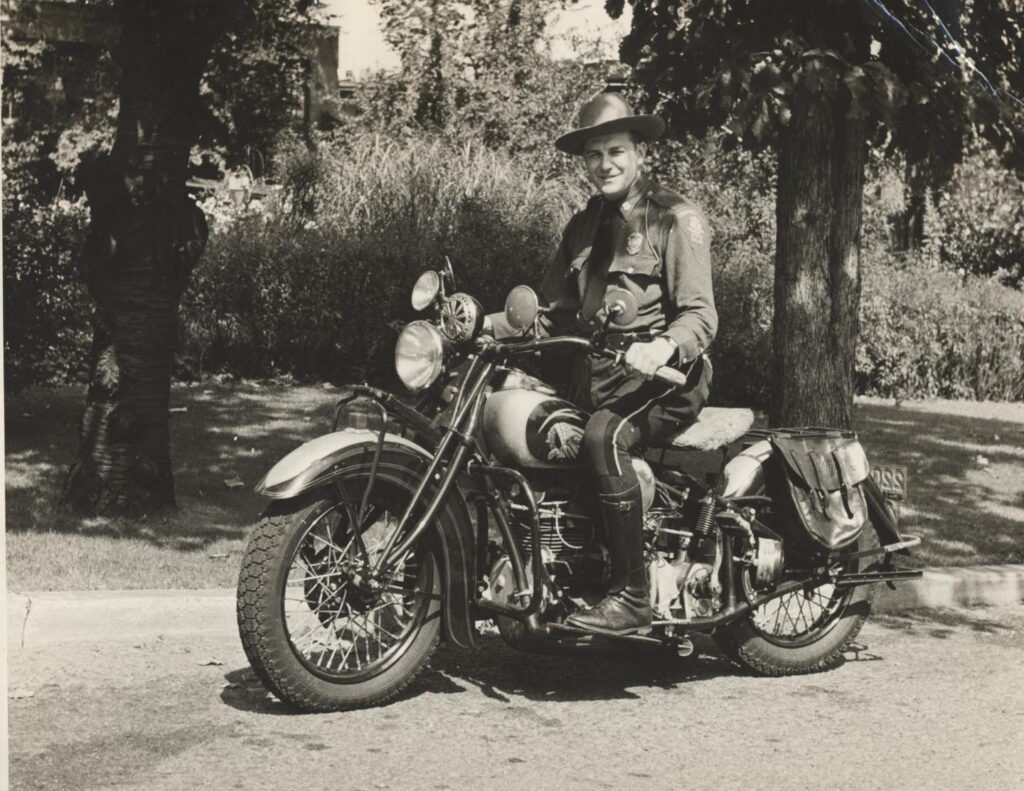
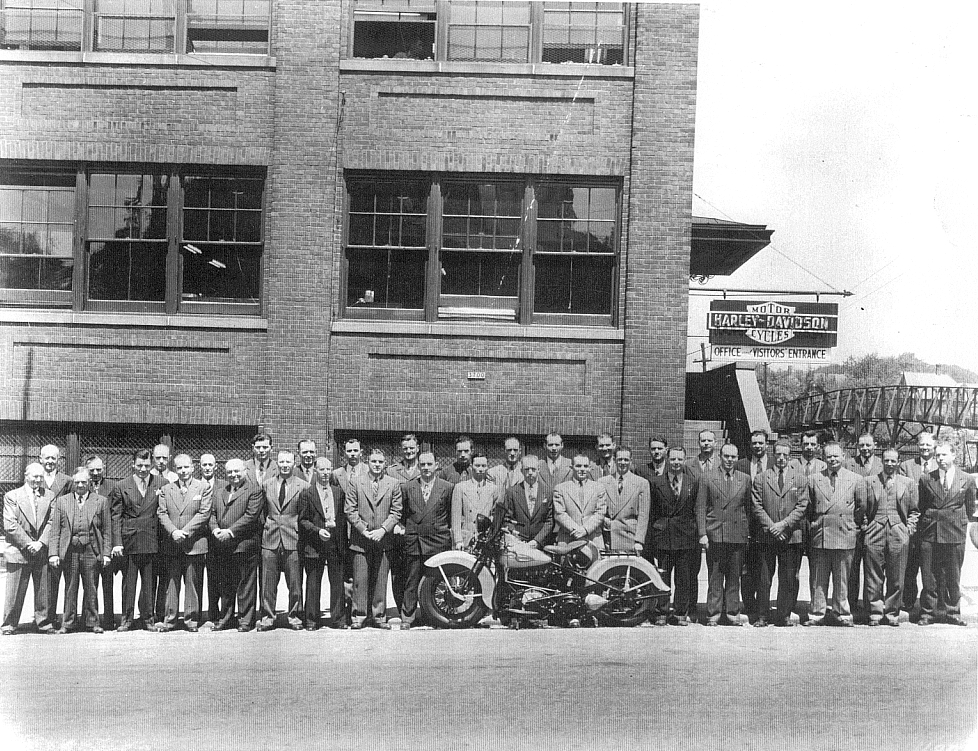
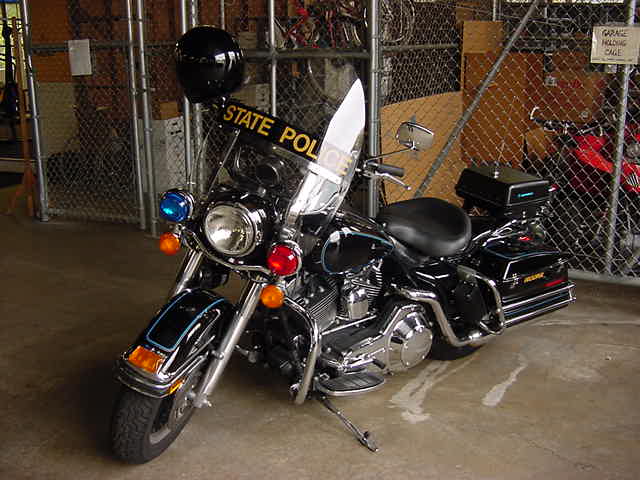
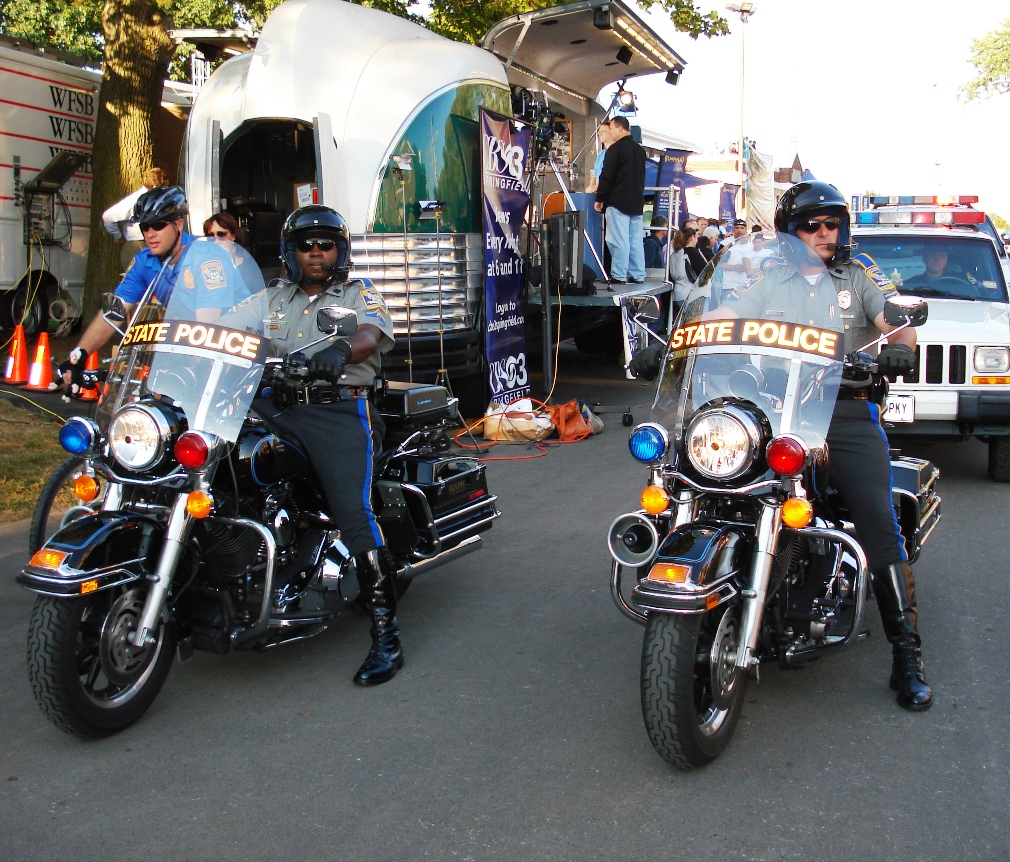
Information and Photos were provided by Jerry “Sarge” Longo of the Connecticut State Police Department Historian, Alumni Association, and Museum Committee and Author.
